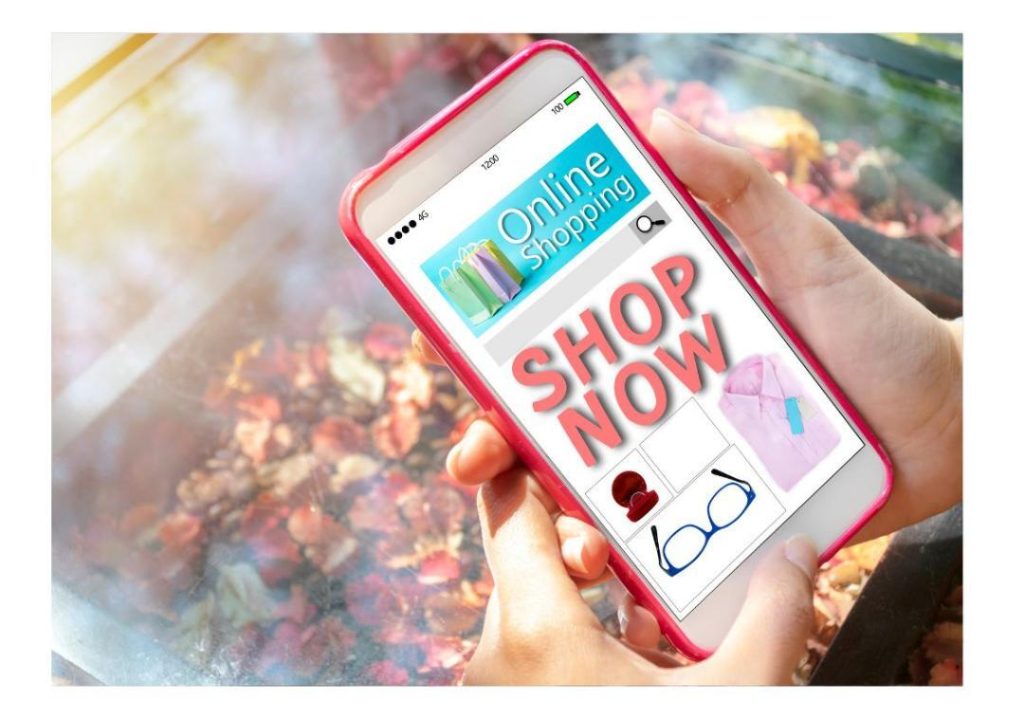
Is Your Content Helping or Halting Conversion?
In recent years, the way people interact with brands has undergone a significant transformation. Gone are the days when users would search for products, read reviews, and then click on a website to make a purchase. Today, Indian users are discovering, considering, and buying all inside social apps. The rise of social commerce has revolutionized the way we consume and engage with products, making it more important than ever for brands to create shoppable content that drives conversions.
Social media platforms have evolved to become more than just a platform for sharing updates and connecting with friends. They have become a hub for discovering new products, following influencers, and making purchases. In fact, a recent report by Growth Jockey highlights that 63% of Indian consumers use social media to research products, and 54% use social media to make purchases. This shift in consumer behavior has forced brands to rethink their content strategy and focus on creating shoppable content that drives conversions.
So, what is shoppable content?
Shoppable content is any type of content that allows users to purchase products directly from the platform. This can include product tags, influencer links, and integrated checkouts. Shoppable content is designed to collapse the sales funnel, making it easier for users to go from discovery to purchase. In other words, shoppable content is content that is optimized for conversions.
Why is shoppable content so important?
Shoppable content is important for several reasons:
- Convenience: Shoppable content provides users with a seamless purchasing experience. They can discover products, read reviews, and make a purchase all in one place.
- Increased conversions: Shoppable content is designed to drive conversions. By making it easy for users to purchase products, brands can increase their chances of making a sale.
- Better customer experience: Shoppable content provides users with a personalized and relevant experience. By allowing users to purchase products directly from the platform, brands can improve their customer experience.
- Increased engagement: Shoppable content is more engaging than traditional content. Users are more likely to interact with content that offers them the ability to make a purchase.
How can brands create shoppable content?
Creating shoppable content requires a strategic approach. Here are a few tips to help brands get started:
- Integrate product tags: Product tags allow users to purchase products directly from the platform. Brands can use product tags to highlight specific products in their content.
- Partner with influencers: Influencers have a huge following and can help brands reach a wider audience. By partnering with influencers, brands can create shoppable content that drives conversions.
- Use integrated checkouts: Integrated checkouts allow users to make a purchase directly from the platform. Brands can use integrated checkouts to provide users with a seamless purchasing experience.
- Optimize for conversions: Shoppable content is all about driving conversions. Brands should optimize their content for conversions by using calls-to-action, highlighting benefits, and using persuasive language.
- Use social media analytics: Social media analytics can help brands track the performance of their shoppable content. By using social media analytics, brands can identify what works and what doesn’t, and make data-driven decisions to improve their content.
Examples of shoppable content
Here are a few examples of shoppable content:
- Product tags: Brands can use product tags to highlight specific products in their content. For example, a fashion brand can use product tags to highlight specific dresses or tops in their Instagram posts.
- Influencer links: Influencers can use links to drive traffic to a brand’s website or online store. For example, a beauty influencer can use a link to drive traffic to a brand’s website to purchase a specific product.
- Integrated checkouts: Integrated checkouts allow users to make a purchase directly from the platform. For example, a fashion brand can use integrated checkouts to allow users to purchase products directly from their Instagram posts.
- Stories and reels: Brands can use stories and reels to create shoppable content. For example, a beauty brand can use stories to showcase their products and provide users with a link to purchase.
Conclusion
In conclusion, shoppable content is the future of content marketing. Brands that create shoppable content can drive conversions, improve their customer experience, and increase engagement. By integrating product tags, partnering with influencers, using integrated checkouts, optimizing for conversions, and using social media analytics, brands can create shoppable content that drives results. As the way people interact with brands continues to evolve, it’s crucial for brands to adapt their content strategy to meet the needs of their audience.






